How Wigs Can Help You Through Cancer
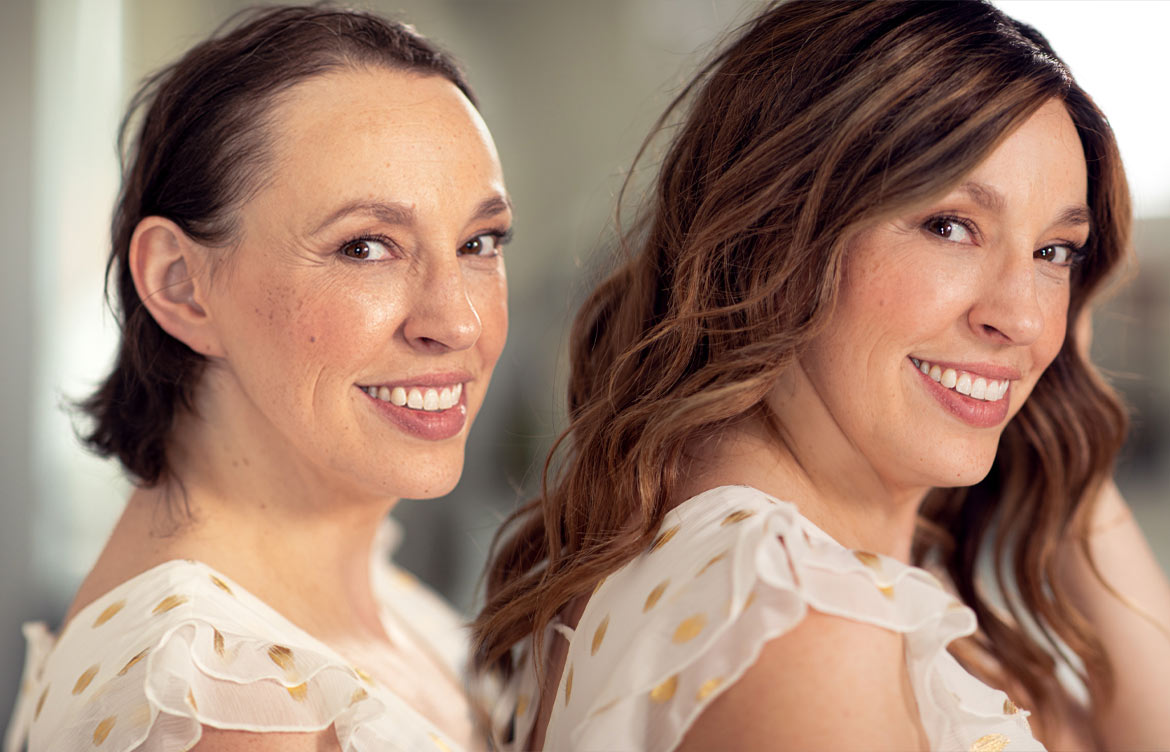
Did you know that approximately 14% of women diagnosed with cancer refuse chemotherapy because the fear of losing their hair is greater than the fear of the cancer itself? If you’re dealing with a cancer diagnosis, hair loss may also be on your mind. Losing your hair to chemotherapy is certainly distressing, not least because it’s a constant reminder to yourself and those around you that you’re ‘sick’. Fortunately, in most cases this loss is temporary and your hair will grow back three to six months after your treatment ends.
Wearing a wig is one option that helps people through the various stages of chemotherapy-related hair loss, and while wearing a wig is a personal choice that only you can make, it can help relieve some of the distress and anxiety that comes with losing your hair.
Daniel Alain has been making the most natural-looking human hair wigs for people going through their own cancer journey, for decades. We’ve witnessed first-hand how wearing the right wig can help restore confidence and bring renewed strength to people when they really need it.
In this article, we share some real stories of our real-life customers who have experienced losing their hair through chemotherapy to treat cancer.
Facing a cancer diagnosis
Facing a cancer diagnosis is an incredibly challenging and emotional experience. If it’s something you’re currently facing, please know you’re not alone. While there’s no roadmap for going through something like this, you might be feeling a wide range of emotions; shock, denial, fear, or anxiety are all common feelings. And though they may be more elusive than the negative emotions, hope, strength, and resilience often play a part in facing cancer too.
Daniel Alain customer Lyndi, says that being diagnosed with cancer changed every aspect of her life. “Being diagnosed with cancer changes everything. From what you eat to what you wear. Cancer became my full-time job.”
Chemotherapy-related hair loss
Understanding the science behind chemotherapy can help alleviate some of the anxiety you may be feeling about hair loss and may help you navigate your treatment process. Chemotherapy drugs target rapidly dividing cells, which unfortunately include hair follicles. This leads to hair loss, but it’s important to remember that this is typically a temporary side effect. Hair usually begins to regrow a few months after treatment ends.
Like many people going through chemotherapy, Daniel Alain customer Connie was devastated by her hair loss, that has since grown back. “Losing my hair due to chemo is harder than anything else I went through,” she attests. “Nothing I went through was fun, but losing my hair was the worst part of it.”
When her hair began to fall out, Lyndi says, “I felt like a stranger in my own body.”
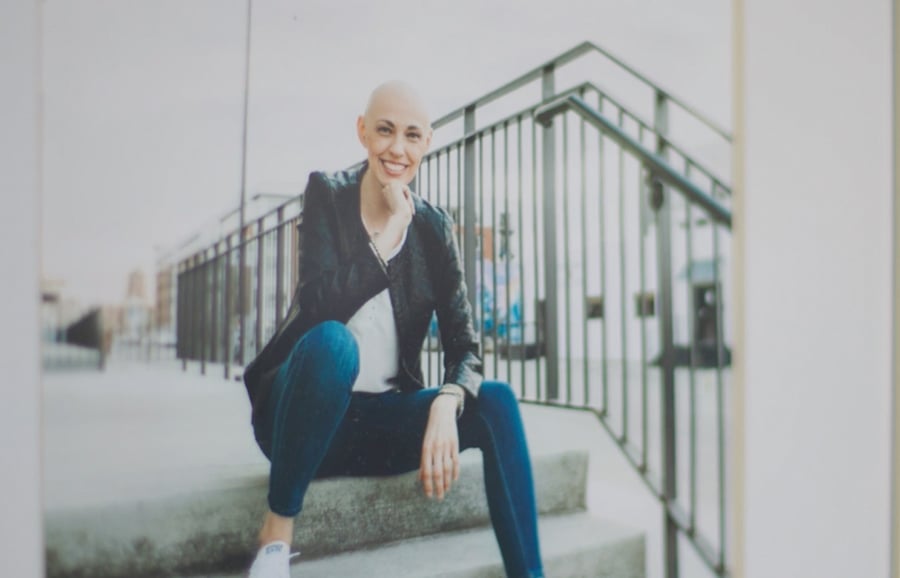
Wearing wigs through cancer
These testimonials may be hard to read, especially if you know this is something you’re nervous about facing, but we share them because they tell the whole story of chemotherapy-related hair loss. Our customers Lyndi and Connie would have been astonished if you’d have told them at the beginning of their cancer journeys that they would both find a wig that made their broken bodies feel whole again.
“My wigs made me feel like a regular person,” recalls Connie. “I could be throwing up and not able to eat, but I’d put my wig on and I just felt normal. Had I not found these wigs, I would not have left the house except for chemo.”
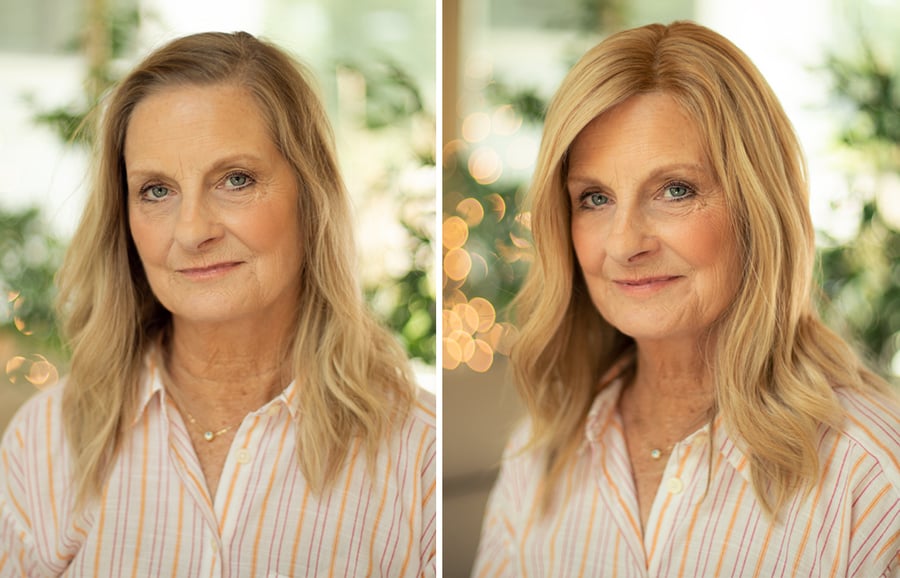
Finding a natural-looking wig that looked like her own hair before it fell out was crucial to making Connie look and feel like her pre-cancer self. “No one could tell I had a wig on,” she says. “I could pull it back in a ponytail. I could wear a cap with it. It was the small things that made me feel like myself.”
It was early in her diagnosis that Lyndi’s thoughts turned to the prospect of losing her hair. “I knew I was going to lose my hair and within days of finding out my cancer treatment plan, I started researching wigs. I really knew nothing about them but I would need something that would help me keep my identity.”
Lyndi began researching wig options online and made finding the best wig a top priority. “I knew that if I was able to find a wig that made me feel like myself again, I’d be able to get through this experience. If I felt good, I’d be able to face whatever was being thrown at me.”

Wearing wigs through her cancer journey helped Lyndi feel healthier and happier. “My wigs gave me absolute confidence that even if the day is incredibly hard, my hair still looks really good. And as cliché as that sounds, there’s just something about having normalcy. It gave me strength and power. My wig still does that for me today, even being in remission.”
How to find the best wig for chemotherapy hair loss
For Lyndi and Connie, finding the right wig was crucial. Had they ended up with hairpieces that looked fake, didn’t move like a real head of hair, weren’t comfortable for all-day wear, or simply didn’t make them feel like themselves, they probably wouldn’t have had the confidence and strength to face the world during their cancer journey with the same resilience and determination. And they certainly wouldn’t be here sharing their experiences with you.
How do you find the best wig for your cancer journey?
Start Early
Begin your search for a wig before you start chemotherapy. This will give you ample time to explore your options and make the best choice for your needs without feeling so desperate for a solution that you’ll settle for anything.
Professional assistance
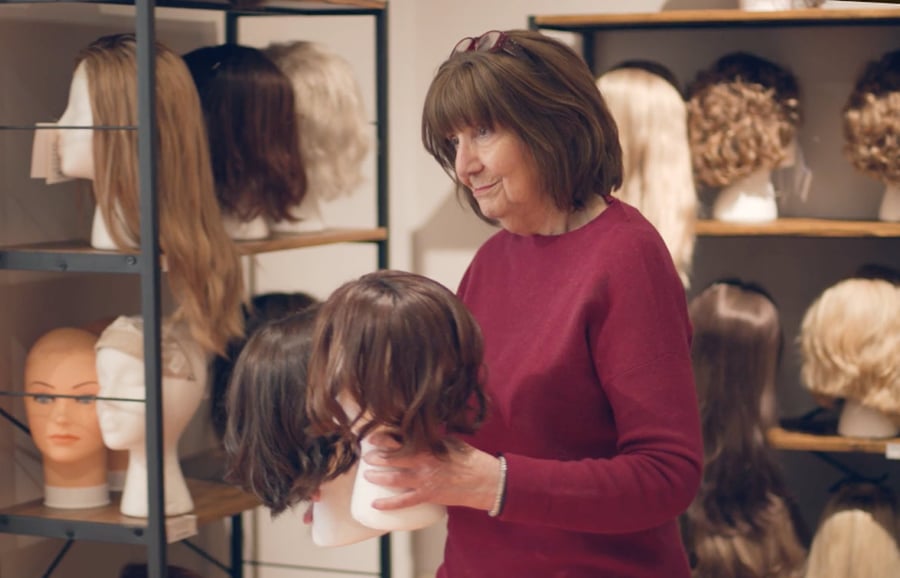
Visit a wig specialist or a salon that specializes in wigs. They can provide you with expert advice, help you find the right style, and ensure a proper fit.
Choose the right materials
Wigs are available in various materials, including synthetic and human hair. High-quality human hair wigs tend to look the most natural and can be styled like real hair. Synthetic wigs are often more affordable and require less maintenance.
Take accurate measurements
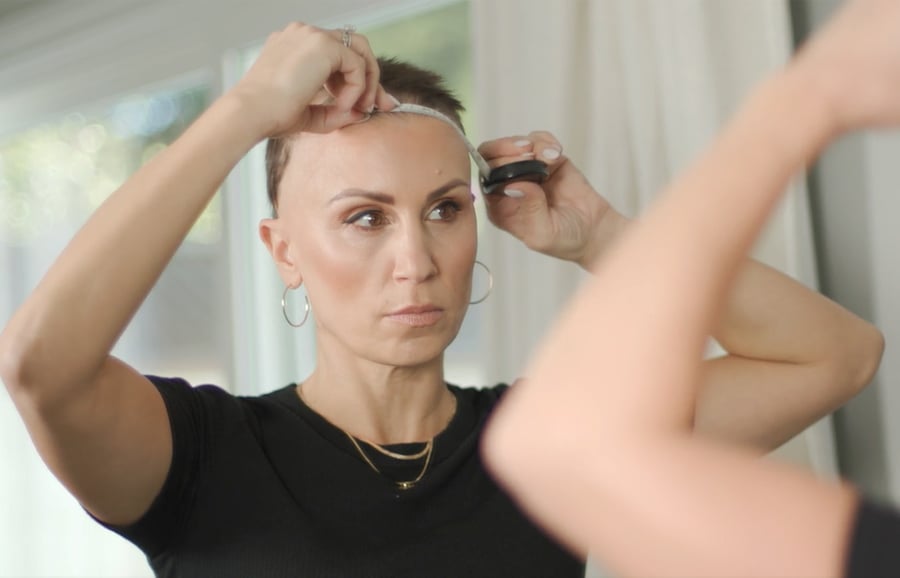
To ensure a comfortable fit, measure your head accurately, or work with a brand that will help you do this.
Advice for others going through chemotherapy-related hair loss
If you’re going through chemotherapy-related hair loss, it’s understandable if there are challenges while processing everything you’re going through. Your oncology team may be incredibly dedicated to your physical health but they may also lose sight of the human impact of hair loss. While they see patients with hair loss day after day, it’s okay if you feel a deep and personal sense of loss and grief during your own experience.
If you find that you’re not getting the solutions you need within the hospital, don’t hesitate to look elsewhere for hair solutions. Your self-esteem and emotional well-being are just as important as your physical health. If you have your heart set on a natural-looking wig, don’t accept anything less than the perfect piece. Finding a wig that makes you look and feel like yourself again can be a very powerful source of confidence and strength during your cancer journey.
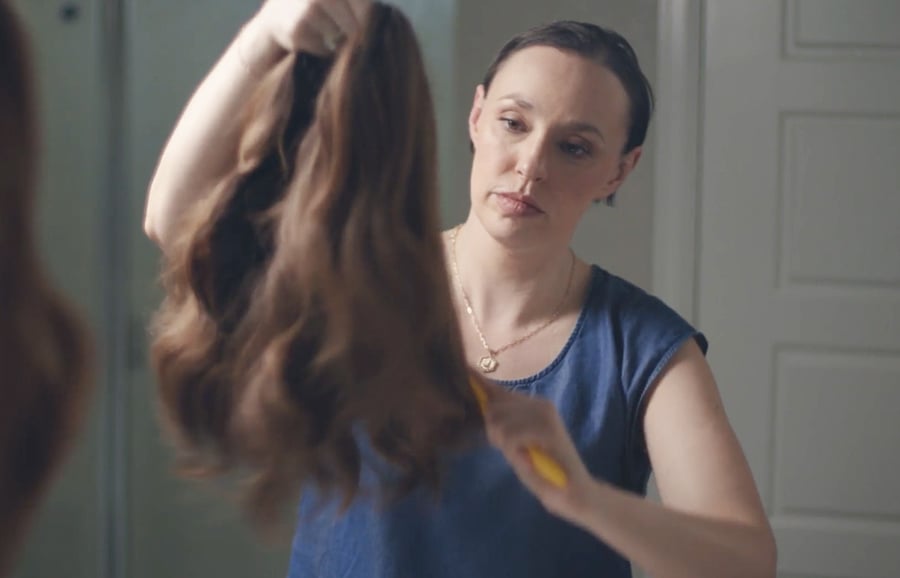
“Find a wig that you can put on and feel like yourself again,” advises Lyndi. “I used to put on my wig and even though my eyebrows and eyelashes were missing, I’d have this gorgeous hair on my head and it made me feel like I could conquer the world.”
Do I want to know more about Follea human hair wigs?
If you’re preparing to face chemotherapy and the prospect of losing your hair, you may be experiencing fear and uncertainty about what’s to come.
We hope that reading Lyndi and Connie’s stories has offered you some hope and inspiration as you embark on your own journey.
If you’re curious about the wigs they wore, please don’t hesitate to reach out to our team of consultants by booking an appointment for a consultation. We would be honored to guide you through the process of finding the right wig for your needs.

.jpeg)
